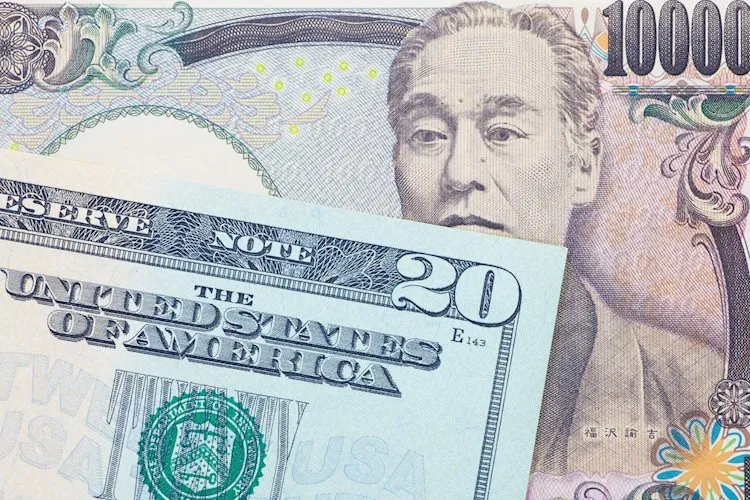Analyzing USDJPY: Macroeconomic Factors Affecting Japanese Yen Trends

Key Insights into Macroeconomics Affecting USDJPY
The USDJPY exchange rate has become a focal point for traders and investors alike, particularly as macroeconomic factors influence trends. Recent reports indicate Japan's Merchandise Trade Balance has shifted drastically, falling into a deficit of ¥621.84 billion in July, which marked a significant reversal from the surplus of ¥224.0 billion recorded in June.
Understanding the Impact of Trade Deficits on Currency Value
- Trade Balance: The shift to a deficit indicates increased importation vs. exportation, highlighting economic challenges.
- Market Expectations: Analysts had predicted a lower deficit estimate, making the actual figure more alarming.
- Currency Strength: A sustained trade deficit typically pressures the currency value downwards.
Looking Ahead: The Possibility of Rate Hikes Amid Weakness
Despite the current challenges, there is speculation regarding potential rate hikes from the Bank of Japan. These developments could stabilize the yen, countering the lost ground presented by the ongoing deficit.
For ongoing updates, financial analysts suggest keeping close tabs on upcoming economic reports and central bank announcements that may reshape the landscape for USDJPY.
This article was prepared using information from open sources in accordance with the principles of Ethical Policy. The editorial team is not responsible for absolute accuracy, as it relies on data from the sources referenced.